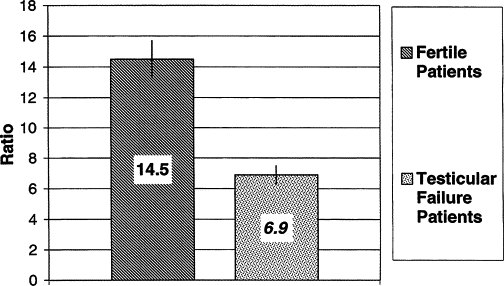Couple months ago Nelson had a take on E management and understanding E follows T makes perfect sense and treating symptoms vs numbers on bloodwork.
There was alot of conversation about a ratio of keeping E2 (14-20) using the math of T÷E2.
I recently moved to Nashville from So Cal and starting to interview doctors in the area and wanted to go in with some added info as I feel fantastic and keep my E2 ratio around 18 on Nelsons scale. In reality its total T: 740 and E2 ultra sensitive is 39. (740÷39=18)
Im in the process of compiling all the questions regarding my treatment, and want to back up my E2 management. Its taken over a year to get to this point and I dont want to go backwards.
Question: is this an educated belief about ratios or is there a study out there that was used to come up with the math.
I want to stay on the same protocal Im currently on without having to fly back to CA yearly, just not sure what Im going to run in to out here.
(Yes, I could go to Defy, but right now its an insurance issue.( i know someone will suggest that. Lol)
There was alot of conversation about a ratio of keeping E2 (14-20) using the math of T÷E2.
I recently moved to Nashville from So Cal and starting to interview doctors in the area and wanted to go in with some added info as I feel fantastic and keep my E2 ratio around 18 on Nelsons scale. In reality its total T: 740 and E2 ultra sensitive is 39. (740÷39=18)
Im in the process of compiling all the questions regarding my treatment, and want to back up my E2 management. Its taken over a year to get to this point and I dont want to go backwards.
Question: is this an educated belief about ratios or is there a study out there that was used to come up with the math.
I want to stay on the same protocal Im currently on without having to fly back to CA yearly, just not sure what Im going to run in to out here.
(Yes, I could go to Defy, but right now its an insurance issue.( i know someone will suggest that. Lol)
Last edited by a moderator:















